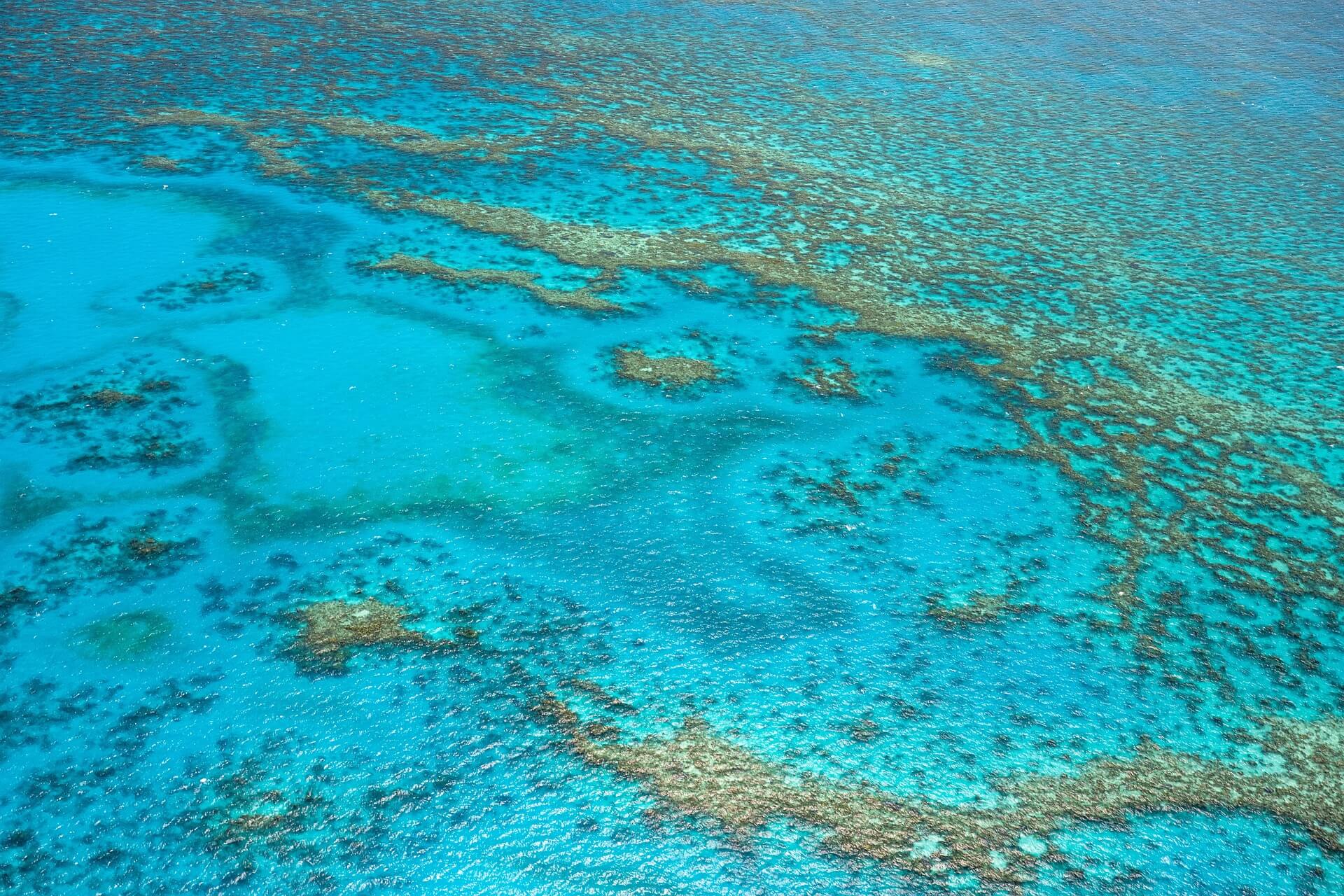Travel in New Caledonia

A French island paradise where Melanesia meets Europe
New Caledonia offers a travel experience unlike anywhere else in the South Pacific. This French overseas territory combines Melanesian traditions with European charm, creating a unique cultural and geographical mosaic. Picture sunlit cafés and patisseries just minutes from tribal villages, turquoise lagoons paired with pine forests, and coral reefs shadowed by jagged mountain ranges. It’s a place where tropical leisure meets cosmopolitan flair — all wrapped in one of the world’s largest protected marine environments.
New Caledonia is made up of Grande Terre (the main island), the Loyalty Islands, the Isle of Pines, and numerous smaller islets. While it offers all the beauty of a remote island escape, its capital city Nouméa provides conveniences, cuisine, and culture rarely found in the region. Whether you’re exploring the mountains of the interior, relaxing on quiet beaches, or diving in UNESCO-listed waters, New Caledonia is a destination for travelers who want both beauty and substance.
How to Get to New Caledonia
International arrivals land at La Tontouta International Airport (NOU), about 45 minutes from Nouméa.
- Direct flights connect Nouméa with Sydney, Brisbane, Auckland, Tokyo, Singapore, and Nadi.
- From France, flights connect via Tokyo or Singapore.
- Domestic travel is easy via Air Calédonie, which operates short flights to the Loyalty Islands and Isle of Pines.
A well-developed road network on Grande Terre also allows for self-driving tours, ideal for discovering inland towns, national parks, and tribal areas at your own pace.
What to See in New Caledonia
Start in Nouméa, the capital, where French cafés line the waterfront and art museums sit beside local markets. The Tjibaou Cultural Center, designed by Renzo Piano, is both an architectural marvel and a living showcase of Kanak identity, storytelling, and design. Take a walk along Anse Vata and Baie des Citrons to find beaches, boutiques, and some of the country’s best dining.
Outside the city, Grande Terre stretches 400 kilometers from north to south, offering contrasting landscapes — from the red-soil plains of the Great South to the forested peaks of the Chaîne Centrale. Nature lovers should not miss Blue River Provincial Park, where giant kauri trees tower above rivers, waterfalls, and preserved wildlife habitats.
The Isle of Pines, located to the southeast, is postcard-perfect. White beaches, towering Araucaria pines, and clear natural pools like Piscine Naturelle create a serene, near-spiritual environment. It’s also home to ancient cave systems and friendly tribal communities.
Further east, the Loyalty Islands — Lifou, Maré, and Ouvéa — offer pristine coastlines and deep-rooted Kanak culture. These islands are quieter and less developed, ideal for visitors seeking authentic village encounters, diving, and natural beauty untouched by commercial tourism.
What to Do in New Caledonia
New Caledonia is one of the best places in the world for lagoon-based adventures, thanks to its UNESCO-listed Coral Reef Barrier, the second largest after Australia’s Great Barrier Reef. Snorkeling and scuba diving reveal an underwater world filled with reef sharks, sea turtles, vibrant coral walls, and countless tropical fish species. Poindimié, Bourail, and Hienghène on the east coast are top dive spots with exceptional marine biodiversity.
On land, hiking and ecotourism are equally rewarding. Trails like GR NC1 cross vast expanses of highlands, with overnight shelters and stops in tribal villages. For a more relaxed outdoor experience, head to Parc de la Rivière Bleue, where you can kayak, bike, or walk through preserved river landscapes and search for the Cagou — New Caledonia’s rare, flightless national bird.
Cultural experiences are everywhere, from tribal village stays to urban art exhibitions. Guests are often invited to participate in a custom ceremony, where a small gift and shared meal open the door to local stories, music, and traditions. Unlike many island destinations, the cultural life here is not staged — it’s lived.
When to Visit New Caledonia
New Caledonia has a subtropical climate, with two main seasons:
- The dry season (May to October) is cooler and ideal for hiking, diving, and touring the interior.
- The wet season (November to April) brings warmer temperatures and occasional tropical storms, especially in the north.
The best time to visit is from June to September, when the weather is pleasant and whale watching off the coast of Bourail becomes possible. Festivals such as Festin Kanak and Francofolies (music festival) take place during this period as well.
Travel Tips for New Caledonia
- Currency: CFP Franc (XPF), used across French territories in the Pacific.
- Languages: French (official), with over 30 indigenous Kanak languages spoken locally.
- Time zone: GMT+11.
- Transport: Rental cars are best for mainland travel. Domestic flights or boats reach the outer islands. City buses serve Nouméa and surrounding areas.
- Cuisine: French-Pacific fusion — try dishes like bougna (Kanak-style coconut stew), fresh tuna tartare, venison with local spices, and excellent French pastries.
- Connectivity: Wi-Fi is widely available in urban areas. SIM cards (local providers like Mobilis or OPT) offer good coverage.
New Caledonia is not your typical island getaway — it’s more layered, more complex, and more enriching. Here, nature unfolds in dramatic contrasts: lagoons and mountains, mangroves and pine forests, reefs and red plains. Culture is not a performance for tourists, but a living force, shaped by centuries of tradition and French influence. Whether you’re diving world-class reefs, hiking across ancient ridges, or sharing kava in a village under the stars, New Caledonia promises not just beauty, but meaning.